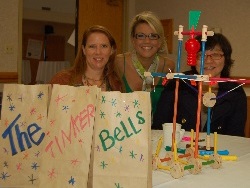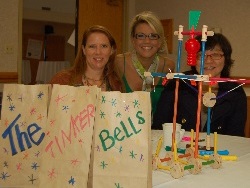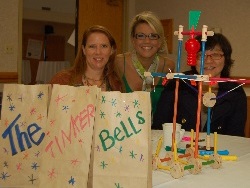


Asked: I have used your books Tricks for Trainer, and it has very effective exercises. Do you have any tips for conducting training sessions on Analytical Problem Solving Skills? I have found creative problem solving but not analytical problem solving.
Answered by Becky Pluth: Using Wuzzles, sudoku and other analytical type problems get both sides of the brain working. By using a puzzle of some sort to transition the content, you have successfully engaged the creative and analytical parts of the brain preparing (like stretching before a run) for successful learning. Bob, do you have ideas?
Bob: You'll find additional ideas for stimulating problem solving in both of our Powerful Presentations books, volumes 1 and 2 as well as in a book we published called Red Hot Handouts.
Essentially, as Becky has already said, you want to engage both sides of the brain. I would go a step further and say that you can create a puzzle that can be solved intuitively (or what some would call accidentally) or analytically. I have included an example below.
Put seven toothpicks into this arrangement:
VII = I
Now here is the task—make both sides equal by rearranging just one toothpick. When I was first exposed to this puzzle, I was told there was one solution. I have since found that there are at least four. If you find one answer intuitively, you can then use analysis to ask yourself “What is the process that solving this puzzle involved? Are there other solutions that this process might suggest? ”
Becky Pluth is the CEO of The Bob Pike Group.
Bob Pike CSP, CPAE-Speakers Hall of Fame, is founder and chairman of The Bob Pike Group.
Don't miss out on updates and chances
to sharpen your skills with participant-centered learning.




3740 N Chestnut St #113 - Chaska, MN 55318-3053